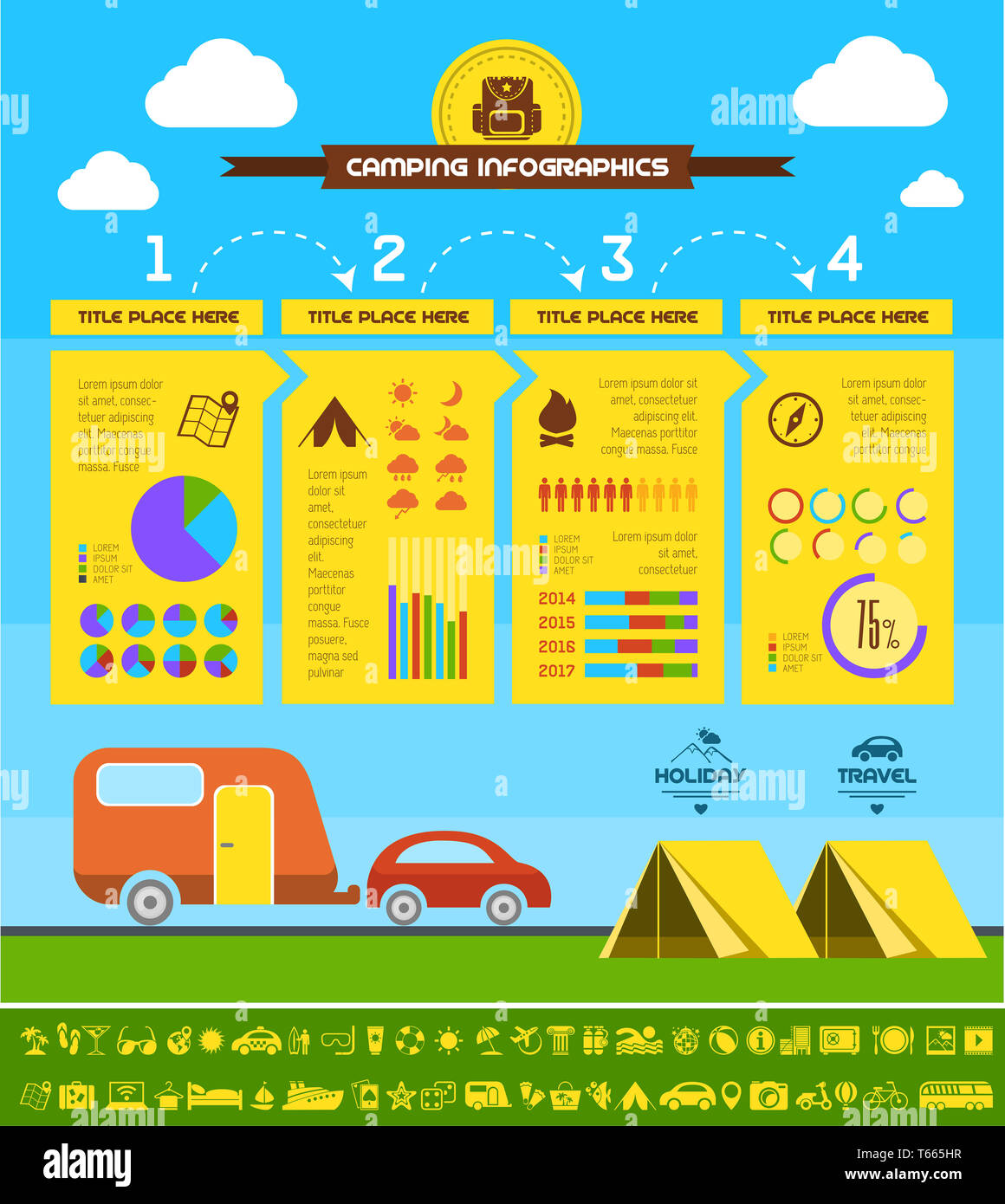Arctic Expeditions And The Dependence On Canvas Tents
The Function of Corner Angles in Structure StabilityAngles play an essential role in building and construction. They influence stability, toughness, functionality, and even aesthetics. Contractors make use of different types of angles for frameworks, structures, construction products, and more.
From famous bridges like the Golden Gate Bridge to day-to-day industrial storage facilities, steel angle bars are an important element of lots of metal frameworks. Their longevity and toughness make them an excellent material for sustaining hefty tons and enduring ecological difficulties.
Stamina
In the construction sector, 90 degree angles are essential for maintaining frameworks solid and steady. They can be found in several jobs, including structures and architectural frames. They additionally assist distribute the weight of a building evenly and stop shifts or splitting.
In commercial structures, steel angle is typically utilized to connect or enhance metal stud framework. Its sturdiness means it can hold up against hefty tons and last for years, making it a preferred option in commercial workshops.
Furthermore, the convenience of steel angle enables it to fit into a selection of architectural layouts. This adaptability is boosted by its broad selection of lengths and densities, which allow designers and engineers to personalize their structures. Rounded corners also minimize stress focus and enhance twisting strength, specifically in end-notched light beams. This enables them to be included right into larger frameworks, like roof trusses, without jeopardizing their integrity. The synthesis of robust toughness and adaptability makes steel angle a vital asset for building huge, complex building structures.
Resilience
Architectural security is essential to the long life of windows and doors, guaranteeing that they can stand up to ecological anxieties with time. The use of welds and firm joints, in addition to reinforced edges, helps lessen the risk of failure and minimizes upkeep costs.
The 90 degree angle is a staple in building tasks due to its capacity to provide stability and stamina. Nevertheless, designers also utilize various other types of angles in their styles to accomplish details goals. For example, bent inside edges increase structural stability in stone frameworks by dispersing stress and anxiety equally.
Other applications of the L-angle include building edging and garden and landscape aspects. The strength of these items permits them to withstand the elements and create defined boundaries in gardens and walkways. They are also an appealing option to bulkier materials and can match the natural shapes of outdoor spaces. Lastly, the resilience of steel angle supports green construction practices by lowering source intake and prolonging the life of buildings.
Versatility
The right angle is an essential piece in the framework of several all-natural and synthetic frameworks. The right angles are discovered in squares, rectangular shapes and triangulars and help the shapes hold their stamina and security. Designers rely on the best angle to develop and make buildings, bridges and other structures.
Versatility is the capacity to relocate one or more joints through a variety of movement without injury. In comparison to even more basic or systemic fitness elements, versatility is extremely details to specific joints and may vary considerably between individuals. This makes it tough to develop an organization in between a details flexibility test and health outcomes in youth.
This chapter provides an introduction of what is presently understood about the partnership in between adaptable activities and wellness end results in young people. It reviews physiology that underlies the partnership in between adaptability and wellness, and reviews commonly used flexibility examinations. The phase tent durability additionally checks out the toughness and constraints of existing information relating to these partnerships.
Looks
Whether you make use of an edge for a shelf or as an area to display your collection, the angle shapes how it's regarded. Contours stimulate gentleness and approachability while angles bring framework and energy. When used together, bent and angular layouts produce a harmonious balance that feels modern-day and innovative.
Scientific study shows that people prefer rounded corners, also when they're not purposely familiar with it. They're simpler on the eyes and decrease stress by lowering cortisol degrees in the mind. Researchers believe this is because sharp angles cause the amygdala, setting off a danger action similar to that of thorns or claws.
Spherical forms are likewise a fad in interior design, and they're anticipated to remain to dominate the electronic globe. Expect squircles and swung sides to end up being extra prominent in UI/UX and in home decoration, as well as AI-driven tools that maximize corners based on customer behavior (16 ). Over time, they'll give stability while preserving elegance, charm and approachability.
